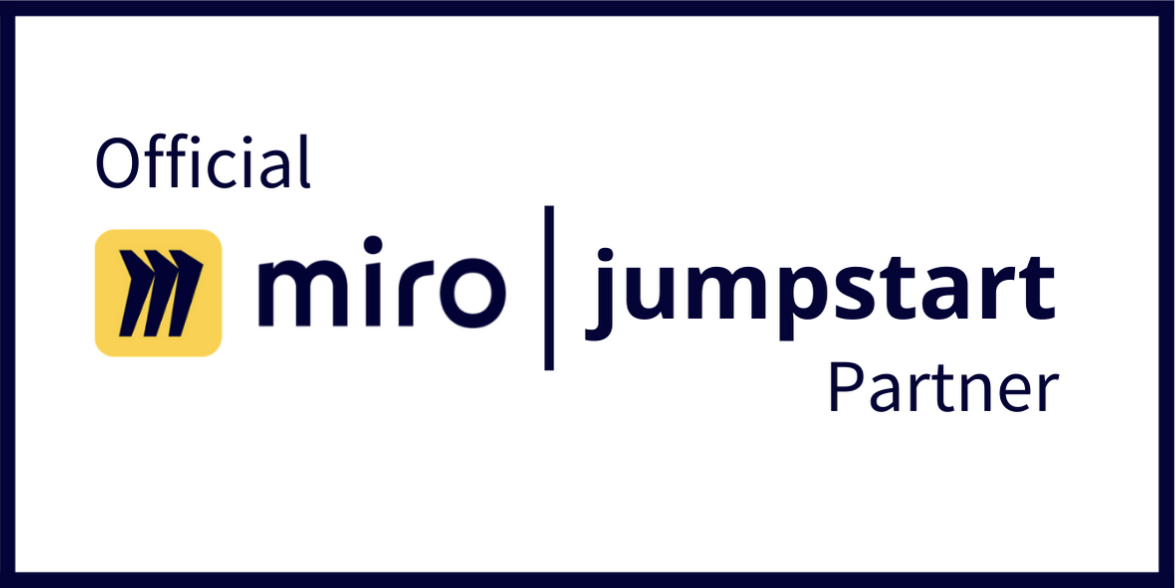All you need to know about how to engage and manage remote or hybrid teams effectively leading to a positive work culture and successful working in a post-pandemic world.
Remote or at least Hybrid working seems to be here to stay in the Post-Pandemic world, and while it seems to be a popular choice, there can be issues when it comes to managing teams that aren’t centralized.
Communication:
Communication is vitally important to keeping everyone on the same page, even if they are spread across the world. Holding check-in’s so that staff can communicate any concerns on a weekly basis is important so that there is transparency. These should be as a whole team but also holding regular one-to-ones is vital, so that even the more meek members of your company have a chance to air their thoughts. Remote video tools like zoom and webex, alongside chat tools such as Microsoft Teams or Slack can help the communication between managers and other team members become almost as seamless as conversations in the office. Creating a company wide communication channel in the remote chat tools can help with collaboration on projects, encouraging questions and creative thinking. It also allows managers to swiftly and effectively notify employees of any upcoming changes, key events or general feedback. Gallop says that “employees who receive regular feedback from their manager are 3x more likely to be engaged”. Communication can also be anonymous, conducting surveys and polls mean you can gain valuable insights into how the teams are feeling and they, in turn, can feel heard. Most importantly use those surveys and polls to facilitate change, show that their opinions matter and can influence the company.
Work management:
Along with communication tools comes the work management tool. A centralized source of truth where work can be conducted is vital for keeping teams engaged in their work and giving management the visibility they need to ensure work is on track to be delivered. Many of these tools can be set up and customized to give various levels of reporting so you can monitor delivery of projects and general work without micromanaging. It enables teams to make sure they are on the same page, working together seamlessly and getting real time updates into the projects they are collaborating on.
However, managing work life balance is just as important as managing the work itself. 71% of employees that worked from home in 2020 reported that they worked more hours at home than if they were in the office. This can result in the dreaded ‘burn out’, and according to Monster, 69% of employees are experiencing burnout while working from home. So promoting a healthy approach to work and perhaps investing in a wellness tool that is accessible to employees can help. Additionally a Wildgoose survey in 2020 showed that 95% of 133 UK companies’ employees said they had neglected so-called microbreaks when working from home. Managers can help and should also lead by example, taking regular breaks themselves and encouraging employees to take theirs.
Offering opportunities for growth within your company can also help keep employees motivated and engaged. From Gallup's report called "How Millennials Want to Work and Live," 59% of millennials stated that learning and growth opportunities are critical factors when job hunting. So mapping out clear long-term goals and paths with your team can help keep them focussed. Additionally, praise not in the form of a bonus or promotions but general recognition of efforts will help employees feel appreciated and keep them engaged in their role. However, promotion and career progression should not be held back due to remote work.
Interacting in a remote environment
Additionally, new remote employees should feel supported and encouraged. Providing a clear onboarding plan and any equipment to provide a comfortable home working environment is the first port of call. Making sure that they are welcomed to the team, have points of contact and are invited to the communication and work management tools as early as possible can help with keeping them engaged with the rest of the group.
Creating a culture of empowerment and encouragement may well therefore help with retention. It does not have to come directly from management either, peer to peer feedback and recognition can help with this culture as well as foster work friendships which is important in a remote world. Tips for engaging remote workers, such as providing regular check-ins and setting achievable goals, can help with this.
Balancing personalities
Finally when managing teams, it is important to remember it is not just about the team itself but the individuals that make up the team. You are dealing with various types of personalities and preferences, so be flexible. For instance, if Gary prefers to work remotely and work earlier hours, but Marie prefers a hybrid approach and to work later, if possible, allow them to. As long as the work is being completed and their job roles allow this flexibility, it helps with employee satisfaction and engagement. Understanding their out of work commitments and individually, helps foster that culture that keeps teams engaged.
In conclusion there is no set way to manage remote teams as all teams are different, however if you follow these guidelines and communicate effectively along the way, a remote team can be a successful team.




